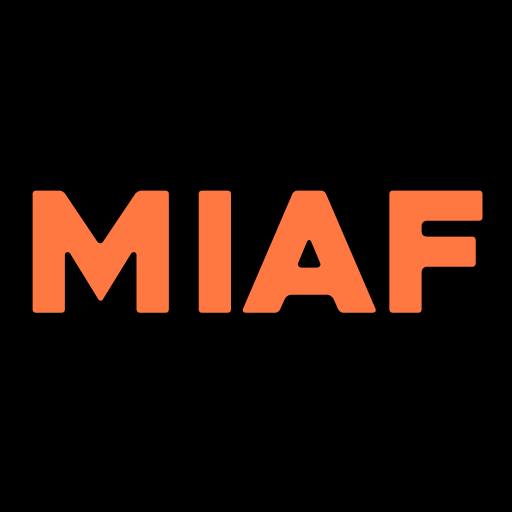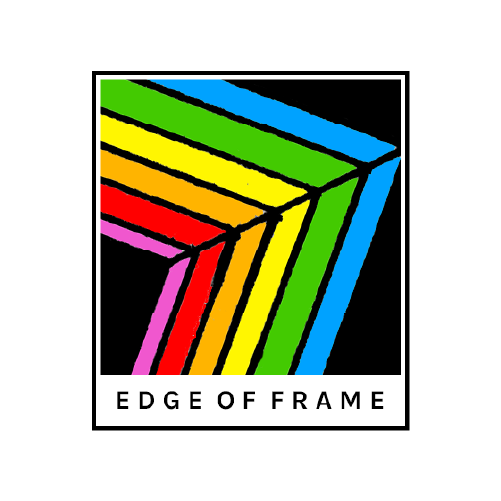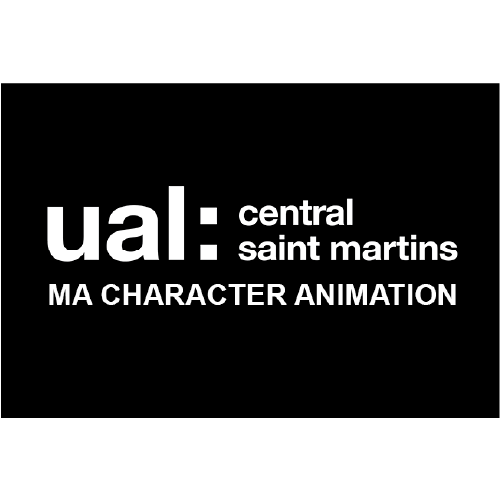What follows is an extended introduction to LIAF 2016’s International Competition Programme 5: Into the Dark. Find out more here.
Animation has always harboured a dark heart. The earliest animation enthusiastically gave vision to nightmares that people had never before seen move except in their imaginations. From the beginning it delivered often unsuspecting audiences a hefty roster of the diversity of imaginative violence man has happily involved himself in, graphically re-enacted wartime atrocities, shamelessly moonlighting as a galloping show-pony for propaganda, misogyny and racist stereotypes.
This rich, dark artery has always coursed through the body animate. In fact, animation is in so many ways the alpha predator of the art world. Although only a hundred years old as a technology, its rapid creative evolution has ruthlessly blended the apex elements of a melange of other forms and thrust them into the hands of a cache of creators who know that the mantra of their art form is “if you can imagine it, you can create it”.
The happiest animation is happier than the happiest film but the darkest animation plunges to depths that could be described as more or less post-imagination. Left unfettered and unchallenged, most imaginations descend to these darker recesses. Unleashed and left bereft of signposts those visions fracture, fracture and fracture again until only fragments of the original narrative remain, often reforming into a kind of volatile, surrealist doppelganger of the original source.
We have all experienced this within the private confines of our minds. Often we will never share – nor can we properly explain – these dis/reconstituted visions whose genesis we cannot control.
But animators thrive in this deep, dark forest. It is their life-blood. They know how to form these thoughts into a short, single whole that we can sit and watch beginning-to-end.
This programme takes you into a realm of animation that has existed since people started dragging dark visions from the amorphous shadows of the purely imaginary and started plastering them up on screens as moving embodiments of the depths that the human imagination can expand (or contract) to. There are few happy endings here and some of these films have the potential to shock or offend. But such is the truth of dealing with ideas that have been freed of their binds.
Chris Shepherd’s new film Johnno’s Dead is a towering incarnation of how these dark visions can solidify into a fearsome, stained narrative. The notion of a kind of irreducible human evil brought to life, given limbs and some form of free-will enabling it to walk among us as a functioning psychopath sat at the core of Shepherd’s earlier film, Dad’s Dead. It took the form of Johnno, a bloke with an apparent rough, roguish charm but with an internal hair trigger trip-switch capable of unleashing the most appalling cruelty for no other than reason than the pure relish of doing so.
This kind of rock-bottom inhuman humanity can infect the vulnerable or the damaged simply by touch and association. Johnno’s Dead returns to the story twelve years on from where Dad’s Dead concluded. The narrator, framed and jailed in hell for more than a decade for a crime committed by Johnno, finds himself free and has to somehow comes to grips with a society he barely recognizes – all the while with the contagion of pathological hatred coursing through every vein and sinew of his being. Unfortunately for all concerned, in Johnno he had the ultimate inspiration.
Using animals as avatars is nothing new in the animation realm. In an odd sort of way it can actually humanize the portrayal of what these characters endure because the audience can empathize more readily with the emotional undercurrent of what the characters are tolerating rather than be alienated by feeling the suffering of a ‘real’ human. Decorado by Alberto Vazquez exploits this phenomena with a ruthless efficiency, cataloguing horrors and emotional firewall breaches so numerous they need indexing.
Inherent in the gristle of these violent vignettes sits a kind of interpretive map of some of the deepest fears we have hardwired into our being. They may not all be the colossal fears of the death variety that we bet against each day by simply walking out the door but more the betrayals that lurk behind the bolted cellar door of every relationship or our unspoken sense of the fragility of the grasp we have on ‘normal’. Watching this film is a little like taking your psyche for a walk through a violent, haunted house and having it prodded and piked at every corner.
Suspicion, fear and mistrust rise up in an altogether more colourful way in Shaun Clark’s Neck And Neck. Drawing deep from Othello, one of the most poisoned wells in literary history, Clark creates a kind of pictorial malaise depicting the savage, treacherous shifting sands that fortify its intensity. The tale of Othello stands as an exemplar for the notion that the happiest minds can be turned against themselves and that darkness can blanket light almost at the whim of whoever or whatever chooses to unleash it.
Neck And Neck (Shaun Clark)
Pieter Coudijzer is a master of the macabre. His characters are present as mutant escapees from a lab long hidden from sight. His environments glow and shimmer with a grim and pulsating luminescence. An aura of looming, ill-defined menace hangs in the air as they screen. For Coudijzer, it has always been thus. His student film, Moodswing, was the ultra-creepy tale of two calmly deranged people who had happily imprisoned a random stranger who had come to their door on a rainy night seeking help. Thirteen years later, his new film Beast! brings this bizarre and foreboding universe back to the screen, this time finding a narrative dissection point between interspecies connection and soul-crushing loss. Odd and discordant as it may sound, it has a happy ending – more or less.
Also living in the shadows is A Coat Made Dark by Ireland’s Jack O’Shea. This is a film in which the textures and a veil of living gloom conspire to ensure we are drawn inextricably into an all-enveloping world of foreboding, more insinuated than declared. Once inside, the door disappears behind us and we can almost feel the same obstacles and absorb the same apprehensions the lead characters are struggling to navigate. It’s a wonderful experience and one that only lives its real life on a cinema screen.
The programme closes with a darkly enchanting story. Wake Me Up by Croatian Dea Jagic uses real world spaces as stepping off points and takes us on unsettling journeys through and beyond them. The film begins in an enclosed, apparently abandoned place and Jagic imposes ever-morphing characters into the space which inhale its sinister claustrophobia and exhale a restless, furtive energy that cries out for escape and freedom.
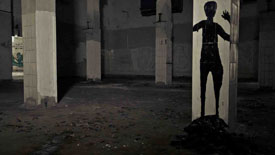
Obtaining freedom turns out to be the simple part. Fear of the dark openness beyond the certainty of the confined enclosure left behind soon sets in. With no walls, there is nothing but space in every direction. But no space is truly empty and much of the dark matter from the cellar seems to have leaked out with the escapee, making the outside less of a haven and avenue to freedom and more a frightening, uncertain zoo of fugitives from a fevered and troubled imagination.
Wake Me Up drip feeds a repressed fear that – in reality – there really is no reliable sanctuary in life, and that our inner sense of perceptual safety is a balm-stone of sand wrapped in the flimsiest of gauze.
Now…. what was that about animation being only for kids??
Malcolm Turner, MIAF Director




